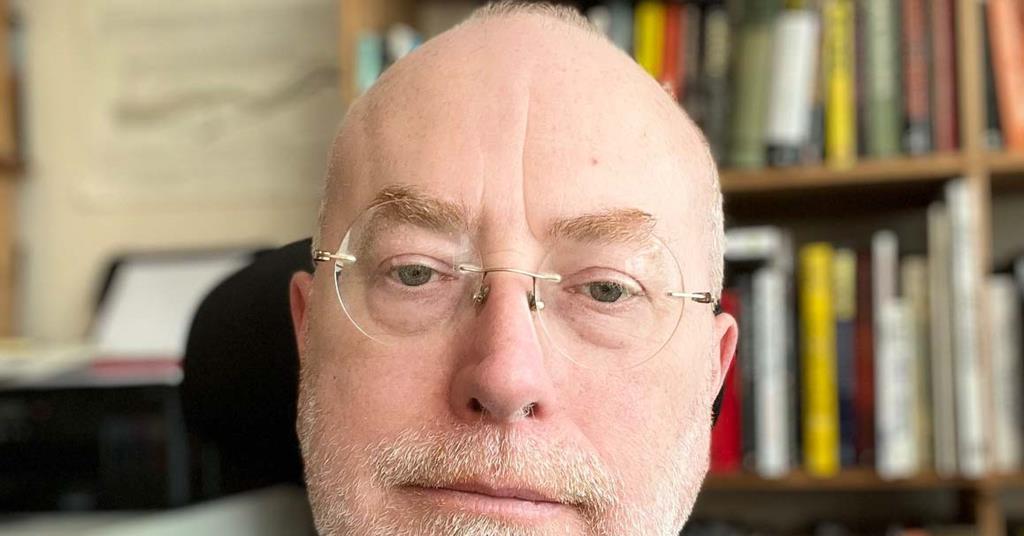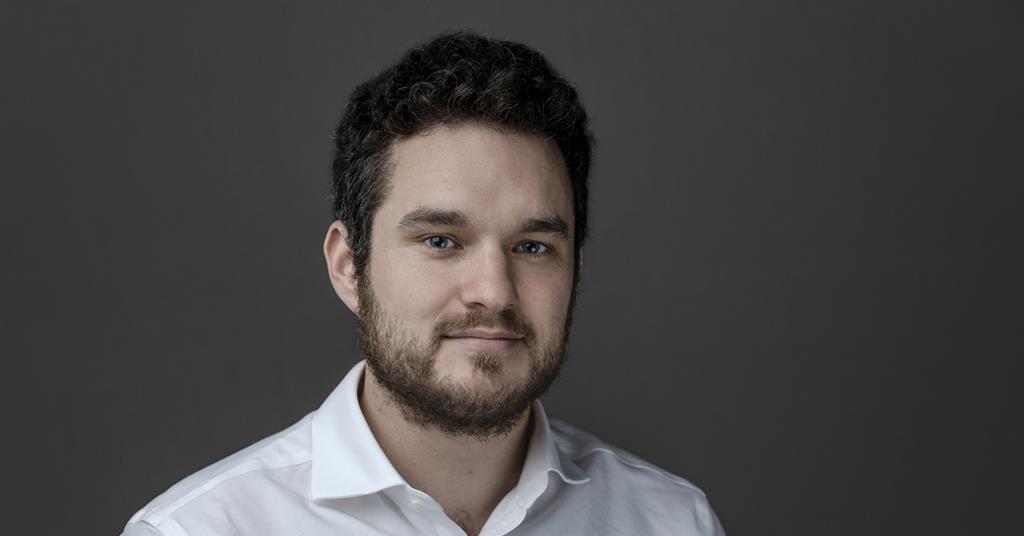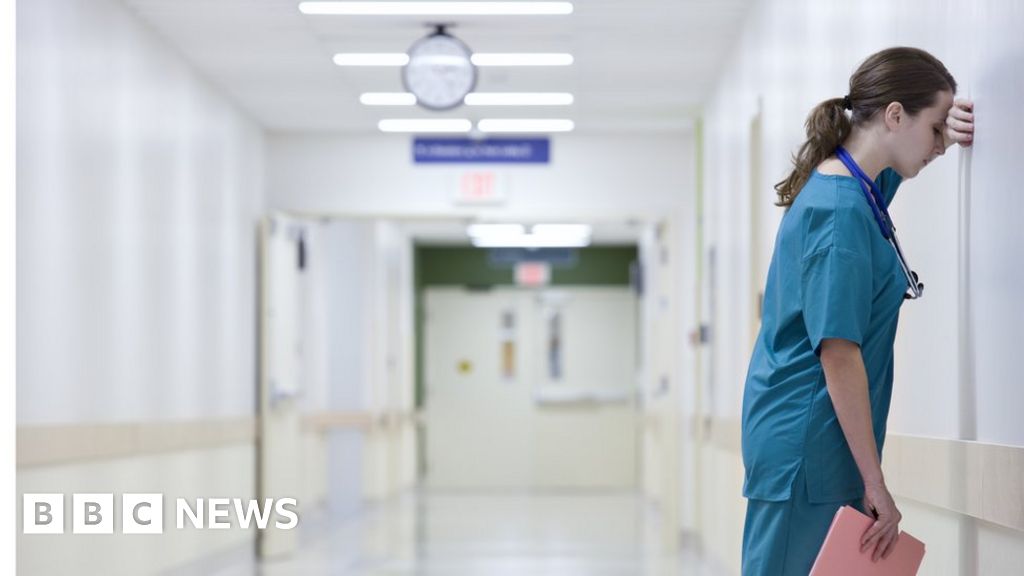Cowper’s Cut 321: Not the end of NHS targets, nor of their support chassis

Health Service Journal’s editor Alastair McLellan was the man who, back in 2017, thought I could write a weekly column of analysis and commentary. That was how Cowper’s Cut started, and I remain grateful to Alastair for the opportunity.

So it is with respect that I don’t buy the case made in his recent HSJ editorial which claims that “the English NHS as a whole will never again achieve the target contained in the NHS constitution to admit or discharge 95 per cent of A&E attendees within four hours. In an election year, politicians of all colours, as well as NHS leaders, need to be overtly honest about this”.
Mmmmmmm. The use of “never” is eye-catching rhetoric, as is the belief that politicians may be overtly honest about anything NHS performance-related in an election year. ‘Never’ is here a proxy for ‘over the next two Parliamentary terms’, and the piece lists a dauntingly costly range of needful things if the four-hour A&E target were to be met again.
Alastair makes the fair point that “the NHS is being held to false measure. Pretending the 95 per cent is achievable, throws considerable shade on even very significant advances in performance. A trust achieving, say, 85 per cent is doing incredibly well in the current context but it is “failing” according to the constitutional standards”.
His next, though, is not strong: “the impossibility of achieving the target shoves the whole measure into disrepute. What is the point of trying to hit a target that is forever out of range?” But he’s no fool, and has seen (indeed, edited the in-depth coverage of) the increase in blatant political lying about the English NHS performance and budgets over the past generation.
It is more interesting why these targets moved from being real to rhetorical, and why for a long time this deterioration was simply observed and accepted - or the relevant denominators fairly openly gamed. Some trusts were among the last still achieving 4 hours in their region: Andrew Foster’s Wrightington, Wigan and Leigh, for one. NHS England seemed curiously incurious about this.
His proposed solution is to “determine a target for the most serious or “type one” patients. Next, the debate should look at greater alignment between the time people with minor illnesses and injuries should wait regardless of whether they are seeking treatment in primary or secondary care. The present four-hour target is proactively inviting patients to bypass primary care in order to achieve the speediest treatment”.
There seems to be a lack of clarity about why another clinical target would be an improvement for the most seriously ill patients here. It is also stretching it to assert that the present but long-missed 4-hour target “is proactively inviting patients to bypass primary care” for fastest treatment: this is an unintended consequence.
It is worth revisiting Professor Steve Black’s 2022 article for British Journal of Hospital Medicine, written in response to NHS England’s and then-SOS Sajid ‘The Saj’ Javid’s proposals that the 4-hour target be abolished (the memorable Andrew Lansley downgraded it during his tenure). See also this BMJ debate from 2017.

It is also worth re-reading Steve’s HSJ ‘Mythbuster’ column from early April, which summarises his published work and long-stated views under the glorious title ‘Long A&E Waits Kill 35 People Daily; Why Isn’t NHSE More Concerned?’ Steve is a coherent and convincing advocate that the problems seen in A&E are often if not usually ones of systems and processes. It is interesting to note that the ‘North Bristol model’ of effectively forcing the rest of the hospital to accept ex-A&E patients appears to drive tangible improvements.
Nor is it clear why 4 hours in A&E should be highlighted, amid the plethora of English NHS targets that have been broadly missed for almost a decade now. The lack of curiosity about what drove this performance deterioration, and the system’s tacit acceptance of this demonstrably clinically harmful failure, would be good subjects.
Meddings wants three more years

In his interview with the Financial Times, NHS England’s chair and former banker Richard Meddings claimed that “we still have insufficient staff, but actually the pace at which workforce has recently come in is not driving the commensurate output … post the pandemic, and the surge in demand that comes from . . . having closed down a lot of the support to focus on Covid, actually it’s a five-year recovery and we’re only a couple of years through that”.
Ah, right. So there was a pandemic recovery Five-Year Forward View? Oh, he means the Electoral Recovery Plan! Which thus far, has not hit any of its backlog reduction targets on time. Nor did it mention a five-year timescale.
Meddings proposes that one of the key causes of the lack of increased productivity is the NHS capital drought, saying that staff “might be queueing up to get access to a diagnostic machine, or there might not be the [operating] theatre capacity that they can activate”.
He’s not wrong, but might also have mentioned the venerable NHS tradition of deficit-denying capital-to-revenue transfers; and the huge estates and maintenance backlog. The latter point’s timeliness was highlighted by The Guardian revealing that “parts of ceilings have fallen in at two key units of a Stepping Hill Hospital, forcing it to evacuate patients and cancel X-rays and scans”. Stepping Hill‘s application to the New (If Fictional) Hospitals Programme was rejected.

Oh, and it might enjoy greater credibility if £1 billion had not been raided from capital budgets for revenue purposes: £200 million of which was from budgets for the New (If Fictional) Hospitals Programme.
Asked if he was confident all 40 schemes would be delivered by the 2030-31 target, Meddings said “at the moment, yes”. He added that it could be difficult to keep money flowing for such big public projects. “You get given £100 million but . . . actually you’re only allowed to spend it in £5 million increments. And [at] each £5 million stage you have to resubmit a business case. So there’s quite a sclerosis around the way government spends”.
Meddings also highlighted the NHS having not cope with demand-side issues: the “changing patterns of demand, some of which comes from the behaviours of a modern world, with its ultra-processed foods”, as well as gambling addiction harms and mental ill health potentially driven by social media use.
On the prospect of harm-inducing sector-specific levies, NHSE’s chair must have incurred a huge sugar tax, so completely did he have his cake and eat it: “it’s not for me to do policy. But if you and I are chatting as citizens . . . should there be a different compact with some of the industries which might cause health issues? Probably”.
Right. Because a major interview with the original and best pink paper is very much ‘chatting as citizens’.
Productivity got fresh airtime, with new data from the Office For National Statistics, which shows that “public service productivity in Quarter 4 2023 was 6.8% below its pre-pandemic peak in Quarter 4 2019. Following a large fall during the period affected by #COVID19, it has remained relatively stable since Quarter 2 2021”.
N(IF)HP: one down, 39 to go
Speaking of everybody’s favourite NHS capital myth, the New (If Fictional) Hospitals Programme, HSJ’s Nick Kituno spotted that Bart’s Health paid a visit to the Reality-Based Community, with their board admission that Whipps Cross ‘rebuild’ is “highly unlikely” to start in 2025 and finish by 2030.
Given that 2025 is next year, this seems a fair bet.
One down; 39 to go. Imagine if somebody had predicted that the whole thing was nonsense back in 2019, eh?
The PDA of proposed NHS Constitution changes

In their latest effort to put NHS satirist Julian Patterson out of work, the Department For Health But Social Care really have made an effort. Their proposals to update the ridiculous NHS Constitution outline “plans to strengthen privacy, safety and dignity”.
The NHS Constitution doesn’t have to be ridiculous, of course. It has become ridiculous through neglect.
The Constitution is one of those relics from another era: a part of the old-time religion. It was originally a beautiful document and a nice idea, but its practical applicability throughout the 2010-19 decade of the NHS’s lowest ever GPD-per-capita funding growth was very limited.

This consultation on proposed changes is highly unlikely to “strengthen privacy, dignity and safety” any time in the near future. It feels a lot like political displacement activity: PDA feels like the potential health policy acronym of the year.
Ferris Wheel

This week, HSJ confirmed the return of Tim Ferris, their former director of transformation. With the wearying predictability of a rhythm guitar part in a ska song, NHS England hired Ferris back as a management consultant to chief finance officer Julian Kelly on “digital productivity and efficiency, and advising on how to maximise research data opportunities, including in genomics”.
It’s a curious decision, given that Ferris’ time in NHSE was scarcely seen as a triumph. Is this ‘return to sender’ a not-so-subtle vote of no confidence in the transformational powers of Vin Diwakar and Steve Powis?
It’s not obvious why this has happened, particularly not from Ferris’ recent journal article, Unit Cost and Hope: Increased NHS Resilience Through Tech-Enabled Transformation, which states with brilliant insight that the delivery of health services in the UK is “facing a crisis”. This is why he pulls in the big Euros.
In the article, Ferris hypothesises that the NHS workforce is too small, burnt out and constantly under pressure to deliver greater productivity amid rising demand. He goes on to assert that “healthcare needs a new chassis – one that is capable of delivering many more services with a similar number of people.”
We have greatly missed ‘chassis’ metaphors, since 2017’s ‘Next Steps On The Five-Year Forward View’ told us that “to succeed, all STPs need a basic governance and implementation 'support chassis' to enable this type of effective working”.
I, for one, welcome our new chassis overlords.
Bloody immigrants, coming over here and staffing our health and care services
I certainly wasn't expecting such a drop-off when I made this chart at the start of the yearhttps://t.co/mjrRaYtV2S pic.twitter.com/bunL0tuAwM
— Ben Zaranko (@BenZaranko) May 2, 2024
The fall in the number of visa applications from overseas health and care workers has been dramatic. The number of applications is down from 18,300 applicants in August 2023 to 2,400 in March 2024.

One factor at play is new rule-tightening, which means that “the baseline general salary to be sponsored for a ‘Skilled Worker’ visa has increased from £26,200 to £38,700, while the ‘going rate’ minimum salary specific to each job has also gone up significantly
“A list of jobs for which it is possible to sponsor someone for a ‘Skilled Worker’ visa at a reduced minimum salary has been made shorter and renamed the Immigration Salary List
“The minimum income normally required to sponsor someone for a spouse/partner visa has risen from £18,600 to £29,000
“Social care workers arriving from overseas are no longer allowed to bring dependants (that is, partners and children) on their visa”.
Ooops.
Who could have ever predicted that if the Conservative And Unionist Party Government make this country seem wildly hostile towards immigrant workers, they won’t want to come here to work?
The medical training issue
has caused this. Have increased medical school numbers created a bulge in F2s this year but with no additional CT1/ST1 roles for them to move into? Greater use of PAs may be contributing but trusts cutting back on agency use seems more significant - and likely to get worse. 2/3
— Alison Moore (@AliJaneMoore) May 3, 2024
HSJ’s Alison Moore has been tracking the problems facing doctors seeking foundation year training places, and they are really not going away.

The problem has even made it to BBC News. Their coverage highlights the BMA’s letter to the Health Secretary, which says that many doctors in training “are reporting they may only be told where they will be three weeks before their August start date, when work schedules are meant to be confirmed at least eight weeks in advance.
“All they know is what part of the UK they are going to be working in after being allocated to one of 18 foundation school areas in March. Some cover very large areas. There is one each for Wales, Scotland and Northern Ireland, while in England, one covers the whole of Yorkshire and Humber”.
One of the issues is a good problem to have: the increase in medical students to start junior doctor training this August, with just over 9,700 accepted by the UK Foundation Programme (up from 8,655 in 2023). BBC News claims that “NHS trusts have struggled to keep up and ensure they have enough training posts for new graduates”.
This is an obvious and major failure of planning, regarding an expansion of the trainee doctor workforce that has long been announced. There is increasing anecdotal evidence of junior doctors lacking supervision opportunities from seniors. The BBC News story also introduces some utter bullshit about international trainee doctors and the need to avoid discriminating against them.
Meanwhile, as this thread on Kiss (formerly Twitter) shows, the GMC really are determined to make fools of themselves over the issue of PA regulation.
2/6 We will become a multi-professional regulator, but we’ll regulate doctors, PAs and AAs as three distinct professions. PAs and AAs aren’t doctors and they can’t replace them, as they have different knowledge, skills and expertise. Our Chair, Dame Carrie MacEwen wrote to all UK…
— GMC (@gmcuk) May 2, 2024
They announced that “we will become a multi-professional regulator, but we’ll regulate doctors, PAs and AAs as three distinct professions. PAs and AAs aren’t doctors and they can’t replace them, as they have different knowledge, skills and expertise.
“… Organisations who oversee the role of PAs and AAs have also published information to confirm that PAs and AAs aren’t going to replace doctors. As an example, NHS England’s long-term workforce plan is clear that training and employment of PAs and AAs in the future will not come at the expense of more doctors or the creation of new doctor training places.
“…Any rota or team which expects or instructs a PA or AA to replace the role of a doctor should be raised locally.”
This theoretical associate role purism isn’t what people are reporting.
Moreover, expecting people to raise issues of workforce substitution locally in an NHS with its current reputation for treatment of whistleblowers (like Dr Chris Day) is an intriguing approach to propose.
Recommended and required reading
FT story on people taking unsecured loans to pay for operations and treatments.
HSJ has polled ICB leaders on various matters: Dave West has this analysis.
PAC chair Meg Hillier writes for the FT on the problems with public procurement.
Times piece on Carol Jennings’ vital role in the progress towards treatment for Alzheimer’s.




